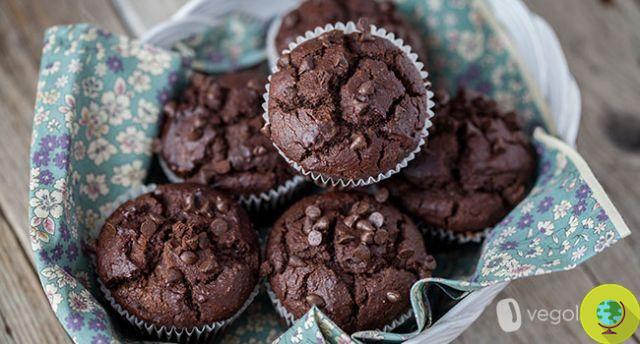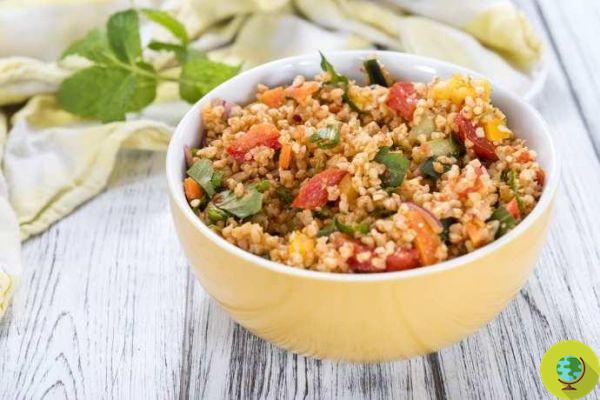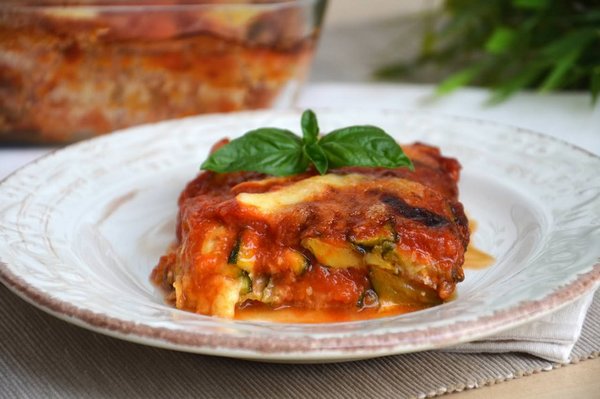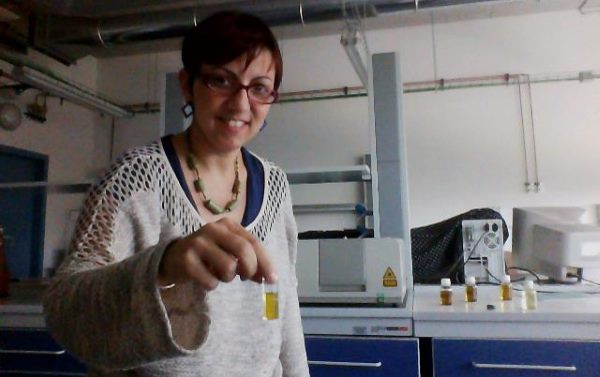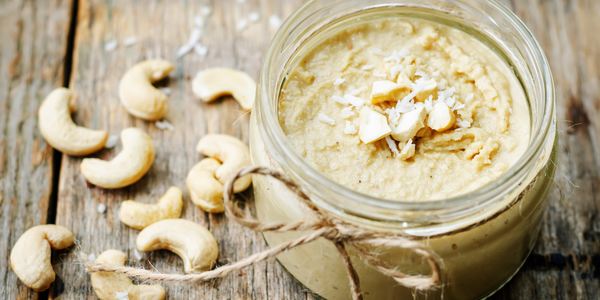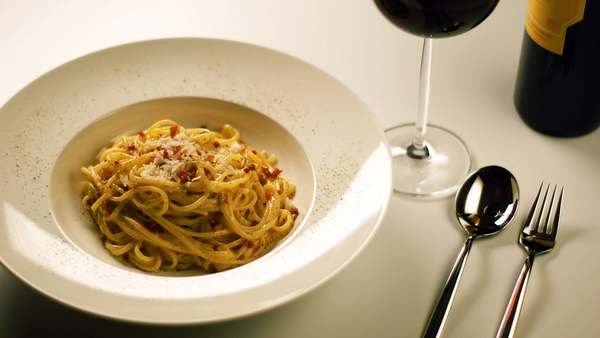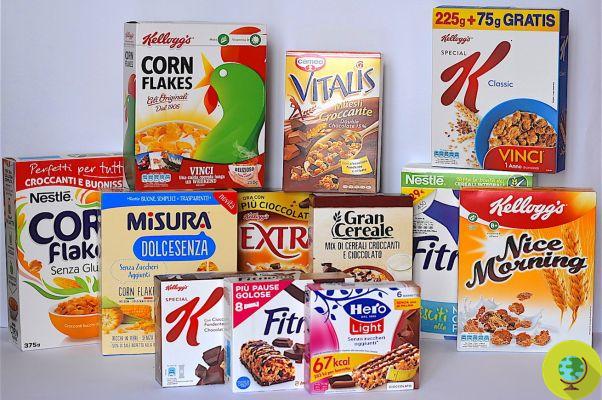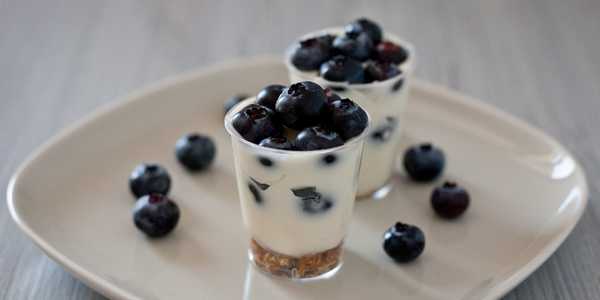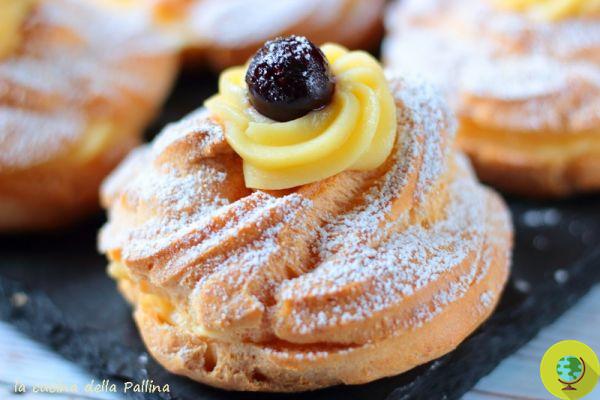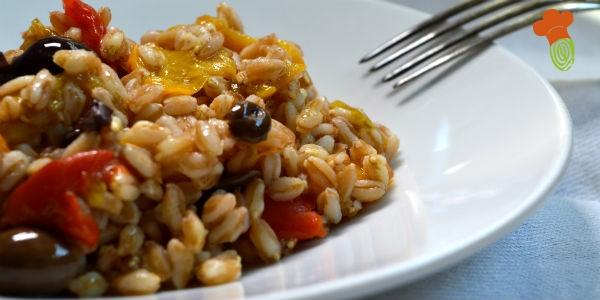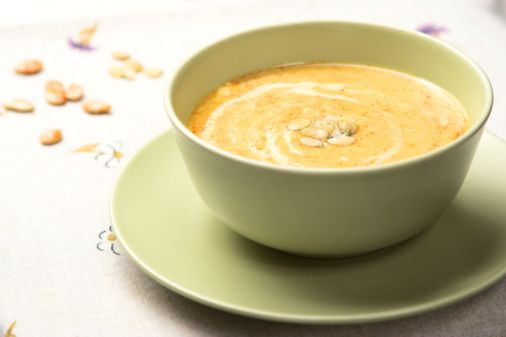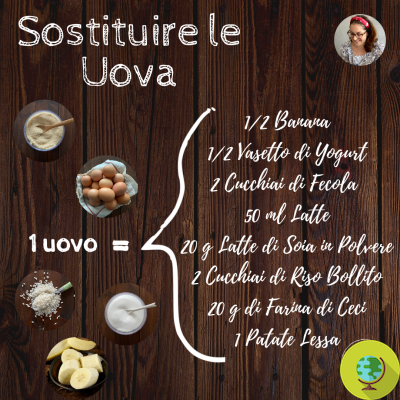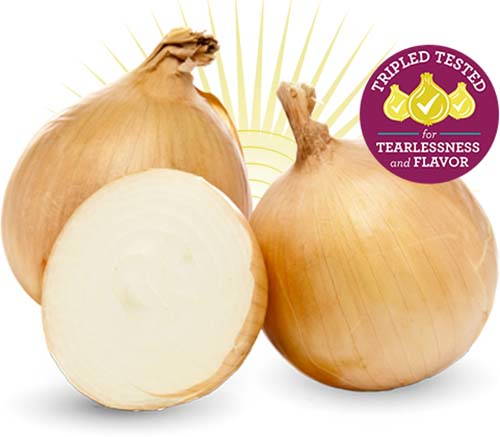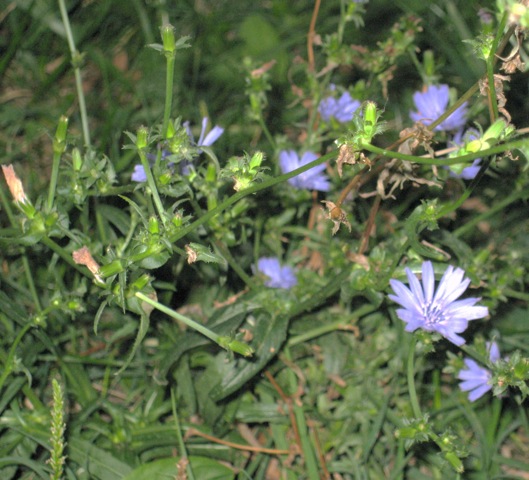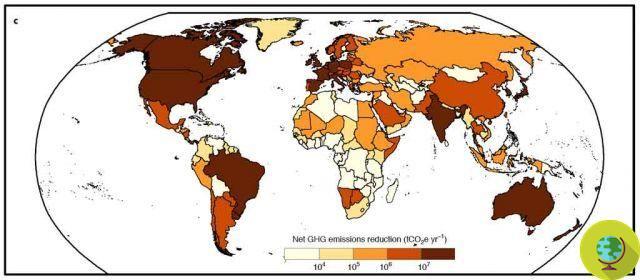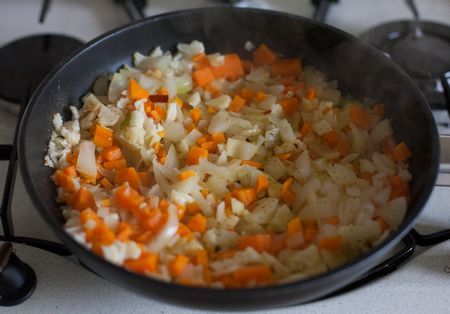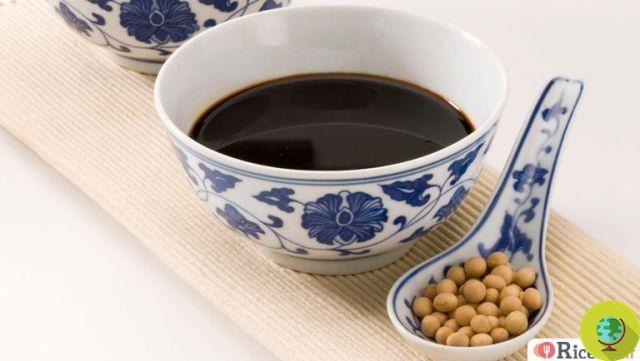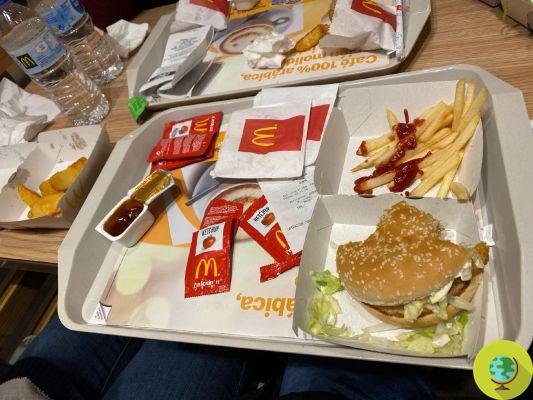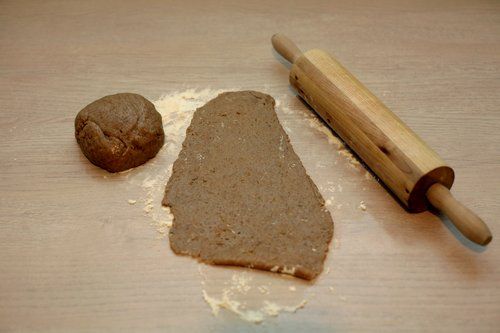Chocolate, everything you ever wanted to know about cocoa and never dared to ask! Discover curiosities and legends related to the most loved food
Don't store avocado like this: it's dangerousChocolate, everything you ever wanted to know about cocoa and never dared to ask! Discover curiosities and legends related to the most loved food in the world
We are used to seeing it in the form of tablets, bars and chocolates, but before turning into tasty chocolate, in reality the fruit undergoes a long process of transformation (and often of exploitation)
Index
Cocoa: why is it called that
Xocoatl was the name given by the Aztecs to the frothy and bitter drink made from cocoa, which was mixed with chilli and other spices: hence the name 'chocolate', still used today in a large part of the globe with a similar sound.
Cocoa: the history of chocolate
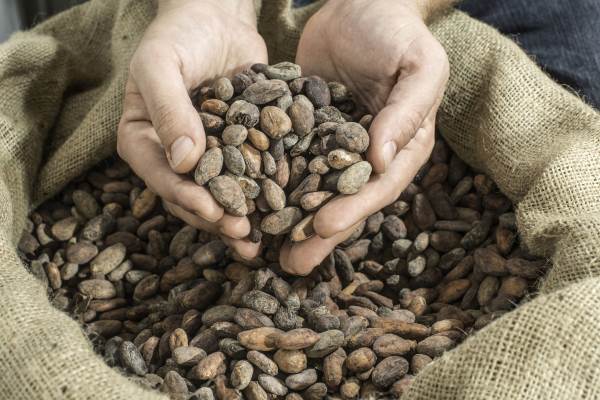
Cocoa is a reddish-brown powder, obtained from the cocoa plant, Theobroma cacao, a Greek term that means "nourishment for the gods".
Botanists trace the spontaneous birth of the cocoa tree to about 5 thousand years before Christ on the banks of the Orinico River that bathes Venezuela and Colombia.
In XNUMX BC, the Maya were the first to cultivate cocoa plants, used not only as food, but also as a votive offering during funeral rites.
Cocoa was used to make a drink prepared with water, cornmeal and spices such as chilli. The Maya attributed to this drink even magical stimulating properties. The seeds were offered to the deities during religious ceremonies. The word cocoa comes from the Mayan language: Cac means red and Cau expresses the idea of strength.
The first chocolate was instead created at the beginning of the 1800s in Turin by Duret, while in 1820 the first bar was created in England. Today the largest cocoa producer is the Ivory Coast.
How was cocoa born? From broad bean to bar
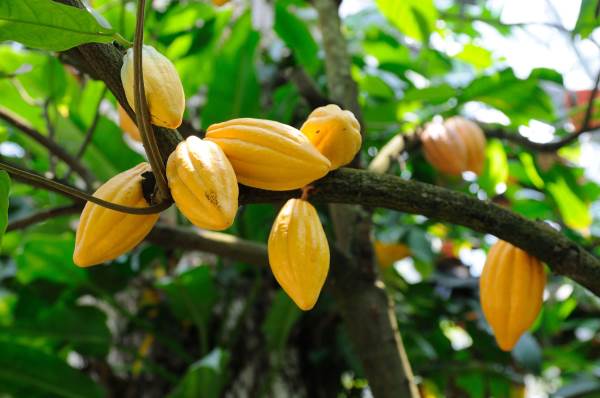
There are bars, tablets, chocolates of all shapes. We know them like this, but before reaching the table, the cocoa fruit undergoes a long manufacturing process made up of several phases. The trees from which cocoa is extracted are grown in Mexico, Venezuela and Colombia. Once harvested, the fruit is split in two and the cocoa beans are extracted from it which are then left to ferment either in baskets or in banana leaves and buried.
It is precisely underground that fermentation begins, or rather the so-called leavening phase, in which the bitter taste is naturally eliminated. Then we move on to drying which removes the humidity. The cocoa beans can be dried directly in the sun or dried with hot air emissions.
This phase lasts from three to five days: now the beans have become green cocoa because they have halved the volume by losing moisture and can be placed in jute bags where they are then roasted. Here they will be separated from the scraps, mixed with other beans and toasted.
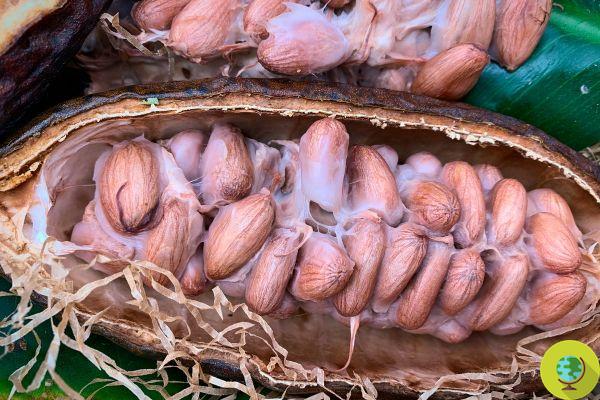
@MikeDotta/Shutterstock
We thus arrive at the milling, moment in which the cocoa beans are deprived of the outer shell and ground, thus producing the cocoa powder which in turn is purified and arranged with cocoa butter and soy lecithin which helps the chocolate to be homogeneous.
In the conching phase, the chocolate is deprived of acid substances, while in the tempering the cocoa butter is crystallized and finally reaches our tables.
Cocoa: curiosity
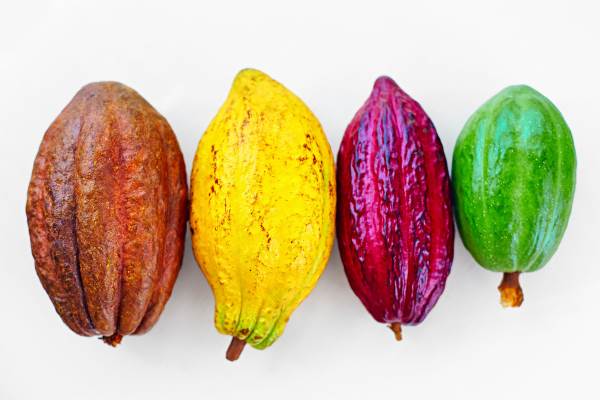
The world of cocoa contains many small curiosities, here are some that you may not have known about. First of all, cocoa grows at the equator at a temperature of around 20 degrees, the trees live up to 200 years, but they only produce quality pods for 25 years.
Each cocoa tree produces about 40 pods a year, the so-called cabosse, each containing about 40 seeds, the beans. Cocoa has three main varieties: Criollo, very precious and fragrant, Forastero, the most common and most bitter and finally Trinitario, a hybrid between the two, with a slightly fruity aroma.
Cocoa: the dark secret of chocolate
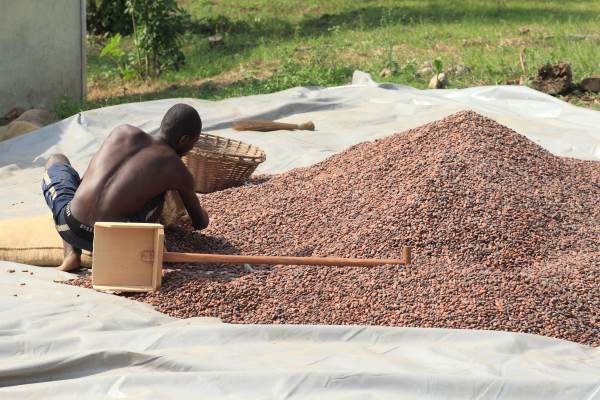
Indonesia is the world's third largest cocoa producer, but many of its growers have never tasted chocolate because the seeds are usually exported before fermentation. The dark side of cocoa is denounced by the International Labor Right Forum, according to which over 200 thousand children between 5 and 15 years of age work on the plantations. Everything is also told in the documentary 'The dark side of chocolate'.
But not only that, that bar of chocolate that we enjoy as a snack costs thousands of hectares of African forest. Protected trees that are victims of deforestation to make way for the cocoa industry. According to environmentalists, Ivorian officials who were supposed to protect national parks and protected forests have accepted bribes to allow farmers to cut trees to make room for cocoa crops.
On the cocoa industry, you may be interested in:
-
How the illegal cocoa used by multinationals is destroying the forests of the Ivory Coast
-
9 Chocolate multinationals that exploit children and treat them like slaves
-
The bitter chocolate with the flavor of slavery and child exploitation
Cocoa: the legend of the feathered snake
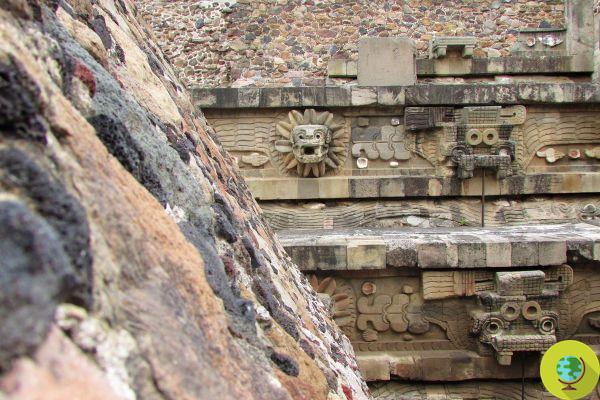
A Mexican legend tells that in very distant times lived the God King Quetzalcoatl, founder of the lineage that inhabited the lands of Abya Yala, which is the name that America had before the Europeans called it America, canceling its real name.
Quetzalcoatl was a good God, tall, fair-skinned, with long black hair and a flowing beard. He was the son of the Aztec god of the sky Mixcoatl and the earth goddess Chipalman, he had come from the East and had taught men all the wisest laws.
It is said that in the time of Quetzalcoatl the land was so generous that flowers and fruits grew without requiring labor, that the corn cobs were so large that a man was barely enough to carry one and that the cotton took on itself as it grew. the colors that the dyers would have liked to give him ... ..
To defend the borders of his kingdom Quetzalcoatl had to leave, entrusting to the beautiful princess his bride the immense treasure that was composed of all the riches of the world.
In the absence of Quetzalcoatl, the city was attacked by enemies, who wanted to force the princess to show them where the treasure was hidden. But they did not succeed.
Eventually the faithful bride was killed and from the shed blood was born cocoa plant, whose fruit hides a treasure of seeds as bitter as the sufferings of love, as strong as courage, red as blood.
When the king returned to his city and discovered that his bride had been killed, he wanted to make a gift to men of that plant that was born, so that the sacrifice of his beloved princess would be remembered forever.
Poor Quetzalcoatl fell ill from the grief of the loss of his wife and drank a potion that a sorcerer had prepared for him. But instead of healing he fell out of his mind.
Soon he took leave of the people who had faithfully followed him to the sea. Finding a raft of intertwined snakes, he fled to the high seas where he disappeared, promising that one day he would return to reign again in joy over his immense kingdom.
On cocoa and chocolate you might also be interested in:
-
Dark chocolate: which one and how to choose? (Opens in a new browser tab)
-
Why chocolate is poison for our dogs (but not for us)
-
Do you prefer dark chocolate and bitter coffee? It is because you are getting old
-
Cocoa butter: properties, a thousand uses and which one to choose
READ also:





